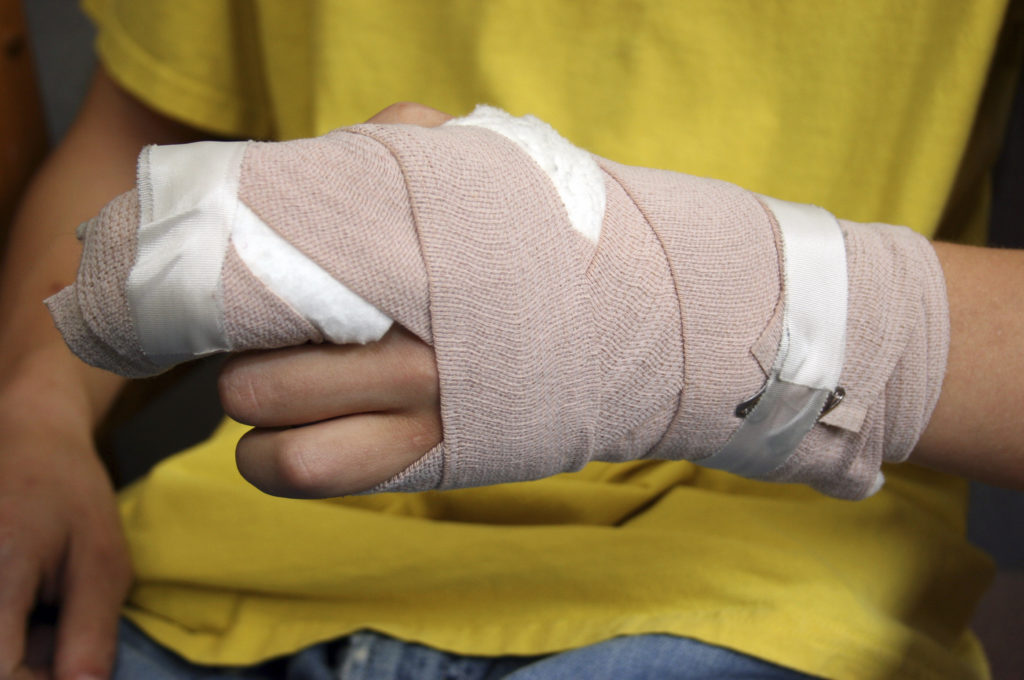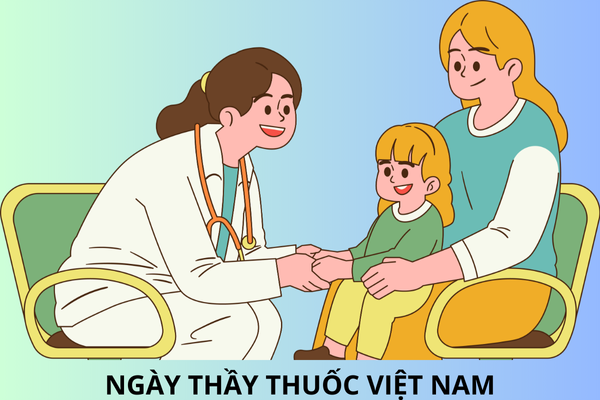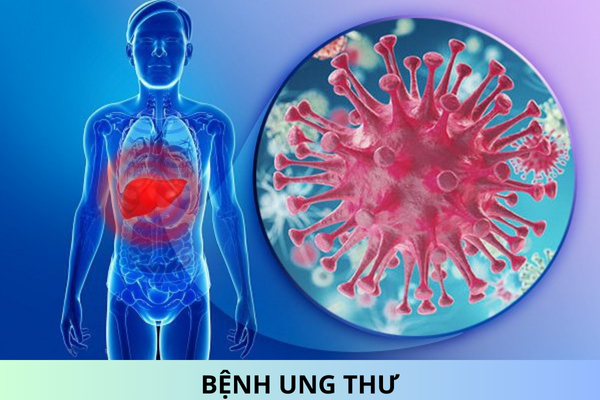How to determine the rate of bodily injury from finger injuries according to the law in Vietnam?
I understand that the determination of the rate of bodily injury from finger injuries is not solely based on medical examinations, but there are also regulations regarding this matter. How to determine the rate of bodily injury from finger injuries according to the law in Vietnam?

How to determine the rate of bodily injury from finger injuries according to the law in Vietnam? - image from internet
The rate of bodily injury from finger injuries is determined in accordance with Chapter 7 of Circular 22/2019/TT-BYT, which specifies the percentage of bodily impairment used in forensic assessment as follows:
|
No. |
Injury |
Percentage % |
|
VI. |
Finger |
|
|
1. |
Amputation (loss) five fingers of one hand |
|
|
1.1. |
Amputation (loss) five fingers |
47 |
|
1.2. |
Case of a wide cut involving the bones of the hand. |
50 |
|
2. |
Amputation (loss) four fingers of one hand |
|
|
2.1. |
Loss of finger I and three other fingers |
|
|
2.1.1. |
Loss of fingers I + II + III + IV (remaining finger V) |
45 |
|
2.1.2. |
Loss of fingers I + II + III + V (remaining finger IV) |
43 |
|
2.1.3. |
Loss of fingers I + II + IV + V (remaining finger III) |
43 |
|
2.1.4. |
Loss of fingers I + III + IV + V (remaining finger II) |
43 |
|
2.2 |
Loss of fingers I + II + III + IV (remaining finger I) |
41 |
|
2.3. |
Lost four fingers and injured (broken, missing...) from one to three hand bones |
45-47 |
|
3. |
Amputation (loss) three fingers of one hand |
|
|
3.1. |
Loss of finger I and two other fingers |
|
|
3.1.1. |
Loss of fingers I + II + III |
41 |
|
3.1.2. |
Loss of fingers I + II + IV |
39 |
|
3.1.3. |
Loss of fingers I + II + V |
39 |
|
3.1.4. |
Loss of fingers I + III + IV |
37 |
|
3.1.5. |
Loss of fingers I + III + V |
35 |
|
3.1.6. |
Loss of fingers I + IV + V |
35 |
|
3.2. |
Loss of finger II and two other fingers (remaining finger I) |
|
|
3.2.1. |
Loss of fingers II + III + IV |
31 |
|
3.2.2. |
Loss of fingers II + III + V |
31 |
|
3.2.3. |
Loss of fingers II + IV + V |
29 |
|
3.3. |
Loss of fingers III + IV + V |
25 |
|
Note: If the loss of three fingers is accompanied by corresponding hand bone injuries, the percentage of bodily injury is increased by 4-6% using the addition method specified in the Circular. |
||
|
4. |
Amputation (loss) two fingers of one hand |
|
|
4.1. |
Loss of finger I and another finger |
|
|
4.1.1. |
Loss of finger I and finger II |
35 |
|
4.1.2. |
Loss of finger I and finger III |
33 |
|
4.1.3. |
Loss of finger I and finger IV |
32 |
|
4.1.4. |
Loss of finger I and finger V |
31 |
|
4.2. |
Loss of finger II and another finger (except finger I) |
|
|
4.2.1. |
Loss of finger II and finger III |
25 |
|
4.2.2. |
Loss of finger II and finger IV |
23 |
|
4.2.3. |
Loss of finger II and finger V |
21 |
|
4.3. |
Loss of finger III and finger IV |
19 |
|
4.4. |
Loss of finger III and finger V |
18 |
|
4.5. |
Loss of finger IV and finger V |
18 |
|
* Note: If two fingers are lost along with corresponding hand bone injuries, add 2-4% according to the addition method in the Circular |
||
|
5. |
Injury, trauma to one finger |
|
|
5.1. |
Finger I (thumb) |
|
|
5.1.1. |
Stiff interphalangeal joint |
6-8 |
|
5.1.2. |
Stiff interphalangeal joint - base |
11-15 |
|
5.1.3. |
Loss of bone forming the thumb joint |
11-15 |
|
5.1.4. |
Loss of outer phalanx (phalanx two) |
11-15 |
|
5.1.5. |
Complete loss of finger I (dislocation of finger - base) |
21 -25 |
|
5.1.6. |
Complete loss of finger and part of phalanx I |
26-30 |
|
5.2. |
Finger II (index finger) |
|
|
5.2.1. |
Stiff interphalangeal joint - base |
7-9 |
|
5.2.2. |
Stiff one interphalangeal joint |
3-5 |
|
5.2.3. |
Stiff multiple interphalangeal joints |
11-12 |
|
5.2.4. |
Loss of phalanx three |
3 - 5 |
|
5.2.5. |
Loss of outer phalanges (phalanges 2 and 3) |
6-8 |
|
5.2.6. |
Loss of entire finger II (dislocation of finger - metacarpophalangeal joint) |
11-15 |
|
5.2.7. |
Loss of entire finger II and a part of the metacarpal bone |
16-20 |
|
5.3. |
Finger III (middle finger) |
|
|
5.3.1. |
Stiff interphalangeal joint - base |
5-6 |
|
5.3.2. |
Stiff one interphalangeal joint |
1 -3 |
|
5.3.3. |
Stiff multiple interphalangeal joints |
7-9 |
|
5.3.4. |
Loss of phalanx three |
1 -3 |
|
5.3.5. |
Loss of outer phalanges (phalanges 2 and 3) |
4-6 |
|
5.3.6. |
Loss of entire finger III (dislocation of finger - metacarpophalangeal joint) |
8- 10 |
|
5.3.7. |
Loss of entire finger and a part of the corresponding metacarpal bone |
11-15 |
|
5.4. |
Finger IV (ring finger) |
|
|
5.4.4. |
Stiffness of the metacarpophalangeal joint - finger |
4-5 |
|
5.4.2. |
Stiff one interphalangeal joint |
1-3 |
|
5.4.3. |
Stiff multiple interphalangeal joints |
6-8 |
|
5.4.4. |
Loss of the third phalanx of finger IV |
1 -3 |
|
5.4.5. |
Loss of the second and third phalanges of finger IV |
4-6 |
|
5.4.6. |
Loss of entire finger IV |
8-10 |
|
5.4.7. |
Loss of entire finger and a part of the corresponding metacarpal bone |
11-15 |
|
5.5. |
Finger V (little finger) |
|
|
5.5.1. |
Stiffness of the metacarpophalangeal joint - finger |
3-4 |
|
5.5.2. |
Stiff one interphalangeal joint |
1-2 |
|
5.5.3. |
Stiff multiple interphalangeal joints |
5-6 |
|
5.5.4. |
Loss of the third phalanx of finger V |
|
|
5.5.5. |
Loss of the second and third phalanges of finger V |
4-5 |
|
5.5.6. |
Loss of entire finger V (dislocation of finger - metacarpophalangeal joint) |
6-8 |
|
5.5.7 |
Loss of entire finger and a part of the corresponding metacarpal bone |
11-15 |
|
6. |
Amputation of multiple fingers of both hands: Sum of the percentage of permanent partial disability of each finger according to the additive method in the Circular |
|
|
7. |
Fracture, break of a phalanx of a finger |
|
|
7.1. |
Phalanx 1 of finger I |
3 |
|
7.2. |
Phalanges 1 and 2 of finger I or phalanx 1 of other fingers |
2 |
|
7.3. |
Phalanges 2 and 3 of other fingers |
1 |
|
8. |
Dislocation of the thumb joint prone to recurrence |
|
|
8.1. |
Thumb I |
|
|
8.1. 1. |
Metacarpophalangeal joint - thumb |
4-6 |
|
8.1.2. |
Interphalangeal joint |
2-4 |
|
8.2. |
Finger II or III |
|
|
8.2.1. |
Metacarpophalangeal joint - thumb |
4-8 |
|
8.2.2. |
Proximal interphalangeal joint |
2-4 |
|
8.2.3. |
Distal interphalangeal joint |
1 -3 |
|
8.3. |
Finger IV or V |
|
|
8.3.1. |
Metacarpophalangeal joint - thumb |
2-4 |
|
8.3.2. |
Proximal interphalangeal joint |
2-4 |
|
8.3.3. |
Distal interphalangeal joint |
1 -3 |
|
9. |
Inflammation of the metacarpophalangeal joint after injury |
|
|
9.1. |
Thumb I |
|
|
9.1.1. |
Inflammation of the metacarpophalangeal joint |
5-7 |
|
9.1.2. |
Inflammation of the interphalangeal joint |
3 - 5 |
|
9.2. |
Fingers II and III |
|
|
9.2.1. |
Inflammation of the metacarpophalangeal joint |
3-5 |
|
9.2.2. |
Inflammation of the proximal interphalangeal joint |
2-4 |
|
9.2.3. |
Inflammation of the distal interphalangeal joint |
1 -3 |
|
9.3. |
Fingers IV and V |
|
|
9.3.1. |
Inflammation of the metacarpophalangeal joint |
1 -3 |
|
9.3.2. |
Inflammation of the proximal interphalangeal joint |
1 - 3 |
|
9.3.3. |
Inflammation of the distal interphalangeal joint |
1 |
|
10. |
Stiffness of multiple major joints above |
|
|
10.1. |
Stiffness of the shoulder and elbow joints on one side in a functionally disadvantageous position |
51 -55 |
|
10.2. |
Stiffness of all three shoulder, elbow, and wrist joints |
61 |
|
VII. |
Thigh and hip joints |
|
|
1. |
Dislocation of a hip joint |
71-73 |
|
2. |
Dislocation of the hip joint, treatment outcome |
|
|
2.1. |
Good |
6- 10 |
|
2.2. |
Hip joint laxity |
21 -25 |
|
3. |
Stiffness of a hip joint after injury |
|
|
3.1. |
Limb in a straight position |
|
|
3.1.1. |
From 0 to 90° |
21 -25 |
|
3.1.2. |
From 0 to 60° |
31 - 35 |
|
3.1.3. |
From 0 to 30° |
41 -45 |
|
3.2. |
Limb in a bent or folded position |
|
|
3.2.1. |
From 0 to 90° |
31-35 |
|
3.2.2. |
From 0 to 60° |
41 -45 |
|
3.2.3. |
From 0 to 30° |
46 - 50 |
|
4. |
Complete stiffness of a hip joint after injury |
51-55 |
|
5. |
Replacement of artificial hip joint |
21-25 |
|
6. |
Injury resulting in stiffness of two or three major lower limb joints |
|
|
6.1. |
Stiffness of one hip joint and one knee joint |
61-65 |
|
6.2. |
Stiffness of one knee joint and one ankle joint |
41 -45 |
|
6.3. |
Stiffness of three major joints (hip, knee) |
66-70 |
|
6.4. |
Stiffness of three major joints (hip, knee, ankle) |
61 -65 |
|
7. |
Amputation of a thigh |
|
|
7.1. |
Transverse Amputation at the level of the great trochanter |
68-69 |
|
7.2. |
Amputation at 1/3 above |
67 |
|
7.3. |
Amputation the road at 1/3 down |
65 |
|
8. |
Fracture of the femoral neck |
|
|
8.1. |
Fracture of the femoral neck causing shortening |
51 |
|
8.2. |
Fracture of the femoral neck without shortening |
31 -35 |
|
8.3. |
Loss of bone segment or non-union forming a false hip joint |
|
|
8.4. |
Tight false joint |
41-45 |
|
8.5. |
Loose false joint |
51 |
|
8.6. |
Fracture of the femoral neck, surgically replaced with an artificial head |
35 |
|
9. |
Fracture of the upper femur |
|
|
9.1. |
Good alignment, straight axis |
26-30 |
|
9.2. |
Poor alignment, skewed axis, significant muscle contracture, lower limb shorter than 4cm, limited hip joint function |
31-35 |
|
9.3. |
Poor alignment, skewed axis, significant muscle contracture, upper limb shorter than 4cm |
41 -45 |
|
10. |
Fracture of the femoral shaft |
|
|
10.1. |
Good alignment, straight axis, normal limb function |
21 -25 |
|
10.2. |
Poor alignment, skewed axis |
26-30 |
|
10.3. |
Poor alignment, skewed axis, lower limb shorter than 4cm |
31 -35 |
|
10.4. |
Poor alignment, skewed axis, upper limb shorter than 4cm |
41 -45 |
|
11. |
Fracture of the lower femoral head |
|
|
11.1. |
Fracture of the lower femoral head near the posterior convexity after treatment with good results, no impact on knee joint movement |
11-15 |
|
11.2. |
Fracture of the lower femoral head near the posterior convexity after treatment with limited knee joint movement sequelae: Calculate the percentage of total knee joint contracture |
Best regards!










